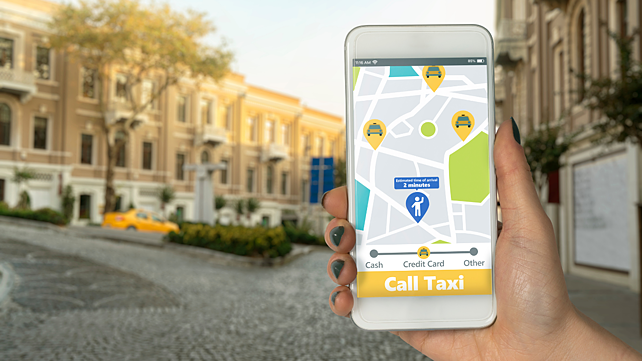
We live in a time, where just about anything can be accessed with a few keystrokes on a mobile keypad. Almost every product/ service has a website and mobile application to ensure users have the easiest, safest and quickest experience.
This experience is precisely offered through Software-as-a-Service (SaaS) models. It provides the user with the best tools of modern technology and dramatically reduces the operational burden on the service provider.
Tesla and the Google car have been some of the most monumental advancements made in the automobile industry, and all were done so with a heavy dependency on SaaS models. With rising traffic and a constant search for convenience, the need for door-step service, self-driving automobiles are being seamlessly put to practice by the SaaS model.
Advantages Gained by the Mobility Space Employing a SaaS Model
SaaS models have transformed the mobility space for the better. Here’s how.
Seamless Experience
The conventional method of hailing a taxi would be marching to the busiest street, hand signalling any incoming taxi while hoping they're empty and paying a reasonable fare. This paradigm has seen a tectonic shift in recent times, with the introduction of the SaaS model in the form of mobile applications.
Taxis (car/bike) can now be hailed at the customers' doorstep, with a reasonably predetermined fare established after thoroughly analysing the destination, fuel cost, and other parameters. Most importantly, travellers can travel longer distances for a nominal fare.

Accessibility
The SaaS model is heavily internet reliant. This means that if a customer has access to the internet in a densely populated metropolitan city, then no matter the location or their destination, they can now easily avail the benefits of a taxi service.
Scalability
The most significant issue any business faces at one time or another is the ability to scale. A successful business needs to expand and be able to cater to a growing customer base. If the service is region-specific or requires too much infrastructure cost, then the service is destined to remain remote and small-scale.
One of the most significant advantages that the SaaS model provides the companies reliant on mobility space is quickly branching out across multiple regions (even pan India) and performing effectively using menial infrastructure requirements.
Compatibility
Even if a company in the regional mobility space decides to transition online, its best bet is to employ a SaaS model. Conventional software models require a lot of storage resources; it is time-consuming to run every update and find a device that is compatible with the software (in worst cases).
However, the SaaS model enables companies to provide their customers the service, regardless of the firmware or hardware they possess. The only condition is that their device has access to the internet. Furthermore, using a SaaS model means that the company has to release one global update, allowing every device to install it easily.
Comprehensive Customer Relations
Customer retention and loyalty generation are vital to any business. SaaS models equip companies with comprehensive CRM software and applications. They also employ AI-backed bots that are omni-channel present and can interact, raise tickets, and solve customer queries effectively.
Additionally, the SaaS model provides the ideal sandbox, where consumer analytics can be applied. Using the information generated through analytics, marketing can be better strategised, and most importantly, resources can be deployed only where necessary.

Under conventional circumstances, availing services in the mobility space used to be an arduous task. Over time with the increase in usage of telephones, call taxis became the norm. With the unprecedented rise of automobiles, smartphones, and affordable internet, the next evolutionary step is to bring this service to the digital world, and a SaaS model offers that.
The SaaS model is one of the best cost-effective and easy-to-kickstart service models. Employing a SaaS model provides mobility-centric businesses the opportunity to save up on installation and maintenance costs. Combined with the aforementioned advantages, it can be thoroughly inferred that the SaaS model delivers the best mobility space.
To Sum It Up...
With the increased internet dependency and stellar improvements in affordable smartphones, SaaS products will be in constant demand. With the steady evolutionary steps taken in the self-driving industry and VR-AR domains, the relevancy for an operational SaaS model will be unparalleled. Most importantly, for an industry with a pretty stagnant environment for development, the SaaS model offers much-needed scope for improvement and sets a more positive benchmark.
About the Author: Aravind Sanka is Co-founder of Rapido, an Indian bike taxi aggregator and logistics service provider.